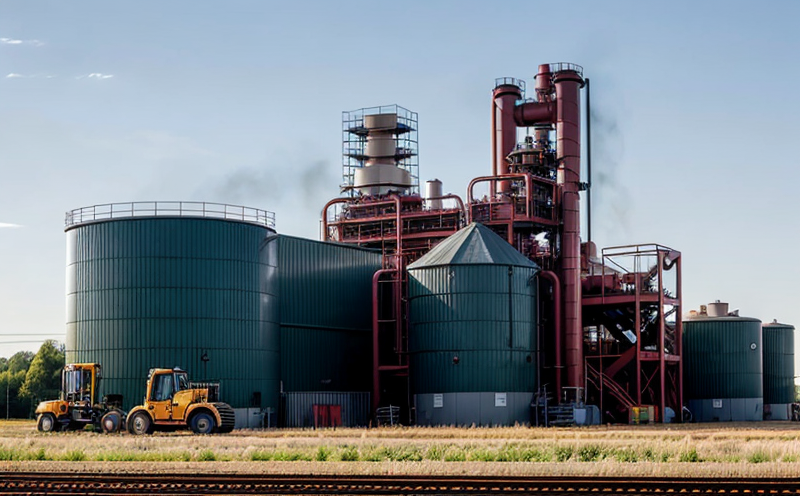ISO 3744 Concrete Mixer Noise Testing
The ISO 3744 standard is an essential tool in the field of acoustics and noise testing. Specifically, it provides a method for measuring sound power levels emitted by machinery and equipment, including concrete mixers. This service ensures that manufacturers adhere to international standards of noise emission regulations, which are crucial for environmental compliance and product quality.
Concrete mixers generate significant noise during operation, often leading to concerns about occupational health and safety as well as community disturbance. Compliance with ISO 3744 is mandatory in many regions around the world due to stringent noise control laws. By adhering to this standard, manufacturers can ensure their products meet these regulatory requirements, thus avoiding legal issues and enhancing brand reputation.
The process of testing a concrete mixer according to ISO 3744 involves several steps. First, the equipment must be set up in accordance with the standard’s specified conditions to simulate real-world operating scenarios accurately. Then, noise measurements are taken using specialized sound level meters positioned at various points around the machine.
The accuracy of these measurements is critical for determining whether the concrete mixer complies with the required limits outlined by ISO 3744. Any deviations from acceptable levels may indicate potential issues that need addressing either through design modifications or operational adjustments. Regular testing helps maintain consistent performance over time and ensures ongoing compliance with relevant regulations.
One of the key aspects of this service is understanding how different factors influence noise generation in concrete mixers. These include engine power, mixing drum size, type of blades used, as well as ambient conditions such as temperature and humidity levels during testing. Factors like material composition also play a role; certain types of aggregates can produce more abrasive sounds than others.
Another important consideration is the impact of mufflers or silencers on noise reduction. While effective at lowering overall decibel readings, they might alter the quality of sound produced by the mixer. Therefore, careful selection and placement of these components are necessary to achieve optimal results without compromising functionality.
The final step in this service involves generating detailed reports summarizing all findings from the ISO 3744 compliance check. These documents serve multiple purposes: they provide valuable insights into current performance levels; act as reference materials for future audits or comparisons against competitors'; and offer recommendations for improvements where needed.
For quality managers, compliance officers, R&D engineers, and procurement professionals involved in selecting new equipment or assessing existing assets, knowing that your chosen concrete mixer meets ISO 3744 standards brings peace of mind regarding environmental impact assessments. It also supports efforts towards achieving sustainability goals by minimizing noise pollution while enhancing worker comfort.
Industry Applications
- Construction Sites: Ensuring compliance helps protect workers from harmful noise levels and reduces potential disputes with neighboring communities.
- Manufacturing Facilities: Meeting regulations improves operational efficiency by identifying areas for improvement early on.
- Transportation Industries: Compliance is vital when transporting equipment internationally, ensuring it meets local standards wherever used.
International Acceptance and Recognition
The ISO 3744 standard has been widely adopted across numerous countries worldwide. Its recognition stems from the fact that many nations have incorporated its provisions into their national laws regarding noise pollution control. This global acceptance underscores its reliability as a benchmark for measuring sound power levels.
Compliance with this international standard not only assures customers but also opens up markets in various regions where stringent environmental regulations are enforced. It demonstrates commitment to responsible practices and sets a high bar for competitors within the industry.
Environmental and Sustainability Contributions
The benefits of adhering to ISO 3744 extend beyond mere compliance; they contribute positively towards broader environmental sustainability initiatives. By reducing noise emissions, there is less disruption to wildlife habitats near construction sites or industrial complexes. Additionally, quieter machinery can lead to reduced stress among workers involved in noisy environments, promoting better working conditions overall.
From an economic perspective, manufacturers who comply with ISO 3744 standards often see cost savings associated with lower maintenance costs due to improved durability and reduced wear-and-tear on components exposed to excessive noise. Moreover, they enjoy enhanced brand loyalty from satisfied customers appreciative of their efforts towards sustainability.





